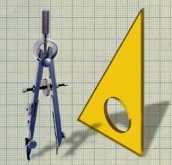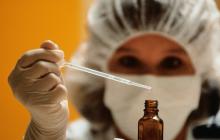Breaking the Mold: Diversifying STEM Academia

Scientific and technological innovation arises from new approaches and diversity of ideas. Too few women and individuals of color pursue and complete STEM degrees, leaving an untapped talent pool. It’s clear that U.S. colleges need to do a better job recruiting and retaining these individuals, but how? Can institutions attract students from underrepresented groups when their STEM departments don’t reflect the diversity of students they aim to serve?
The data make these disparities palpable: Although women with STEM Ph.D.’s are likelier to start their careers in academia, their male peers get more of the highly coveted faculty appointments at research institutions, giving them an early advantage to climb university ranks. And faculty of color are severely underrepresented in the top 100 STEM departments, accounting for just five percent.
Since colleges and universities exert great influence over the makeup of our future STEM workforce, the American Institutes for Research hosted a discussion to explore the hurdles underrepresented groups face when pursuing an academic STEM career. Panelists also talked about which policies universities and colleges should consider to be more inclusive.
Continue the conversation by following @Education_AIR and using the hashtag #STEMdiversity.
Panelists
 Michael J. Feuer
Michael J. Feuer
Dean of the Graduate School of Education and Human Development
Professor of Education, George Washington University
 Kerry Ann Rockquemore
Kerry Ann Rockquemore
President and CEO
National Center for Faculty Development & Diversity
 Courtney Tanenbaum
Courtney Tanenbaum
Senior Researcher
AIR
Moderator
 Audrey Williams June
Audrey Williams June
Senior Reporter
The Chronicle of Higher Education
Breakfast will be served shortly before the event.
